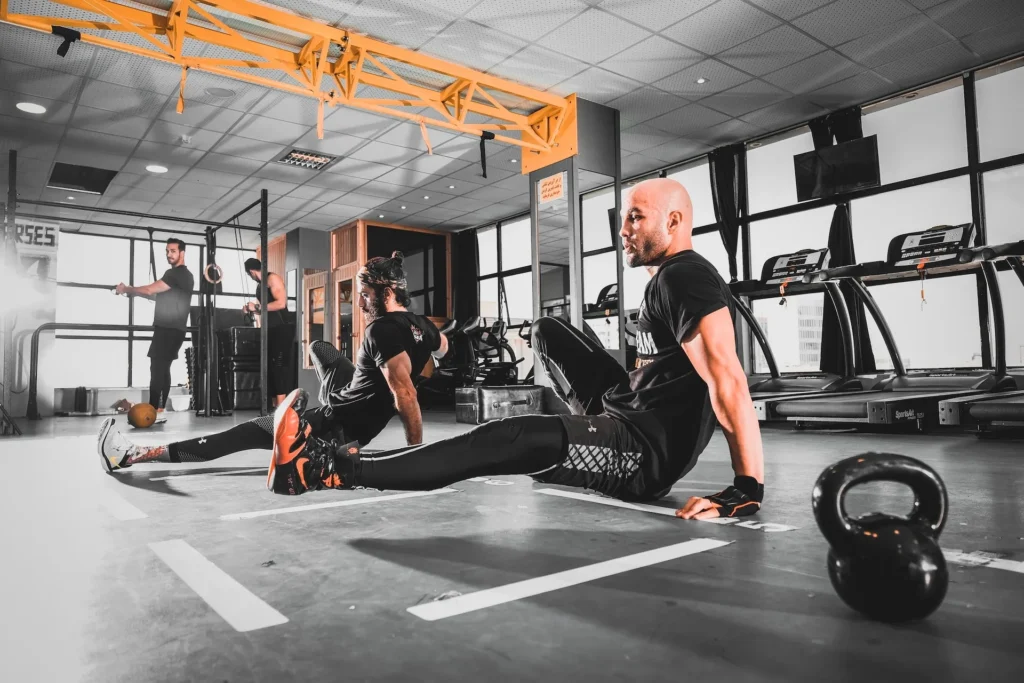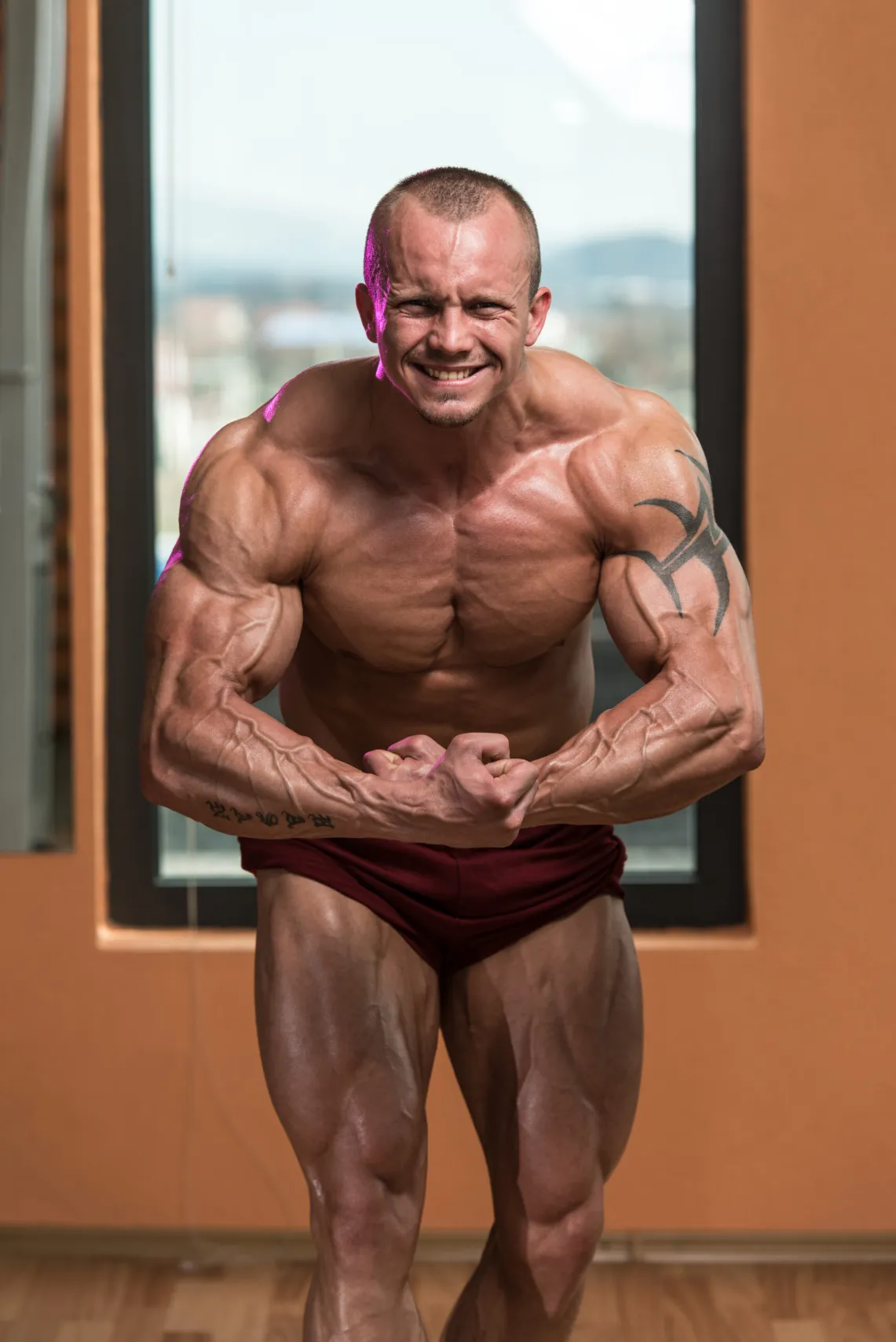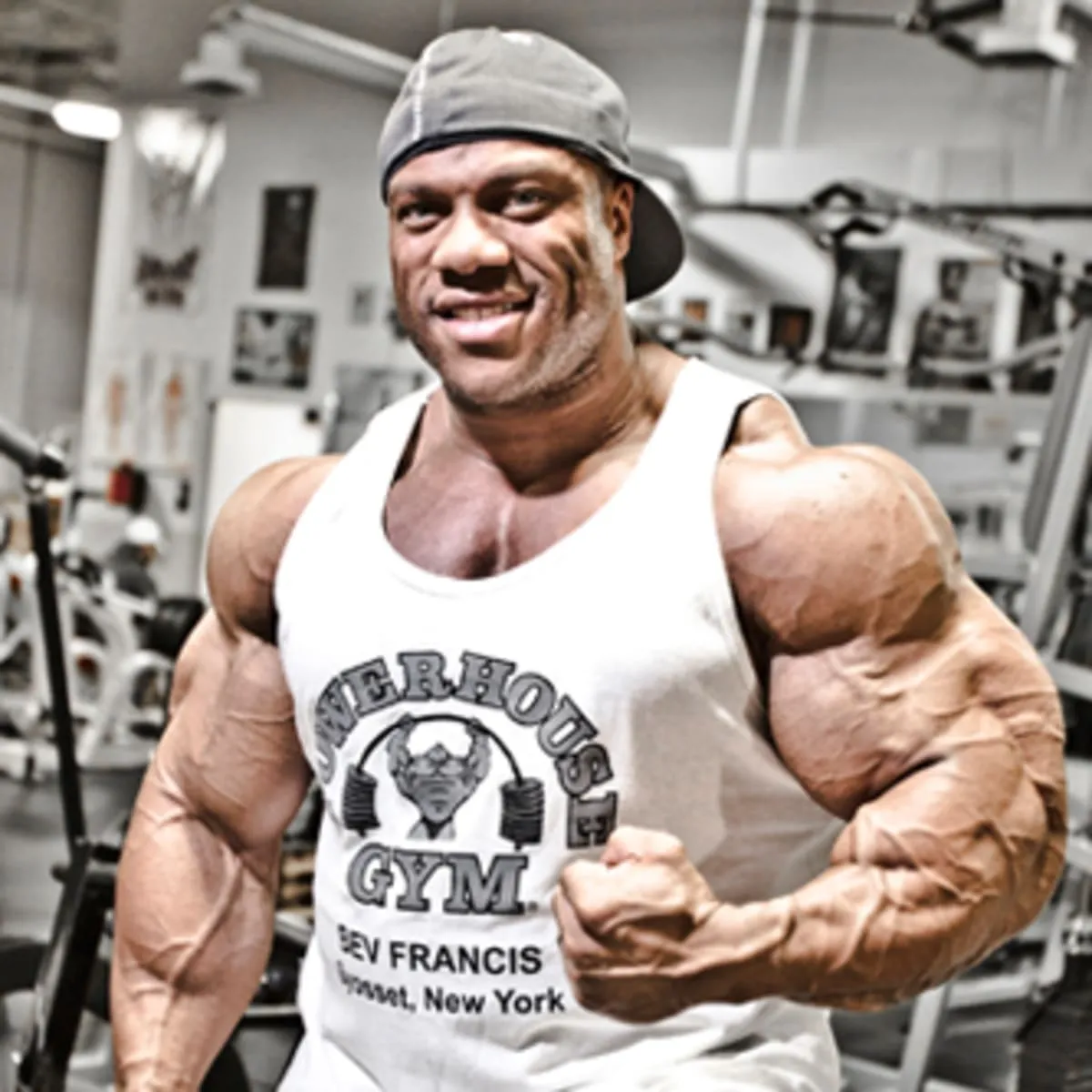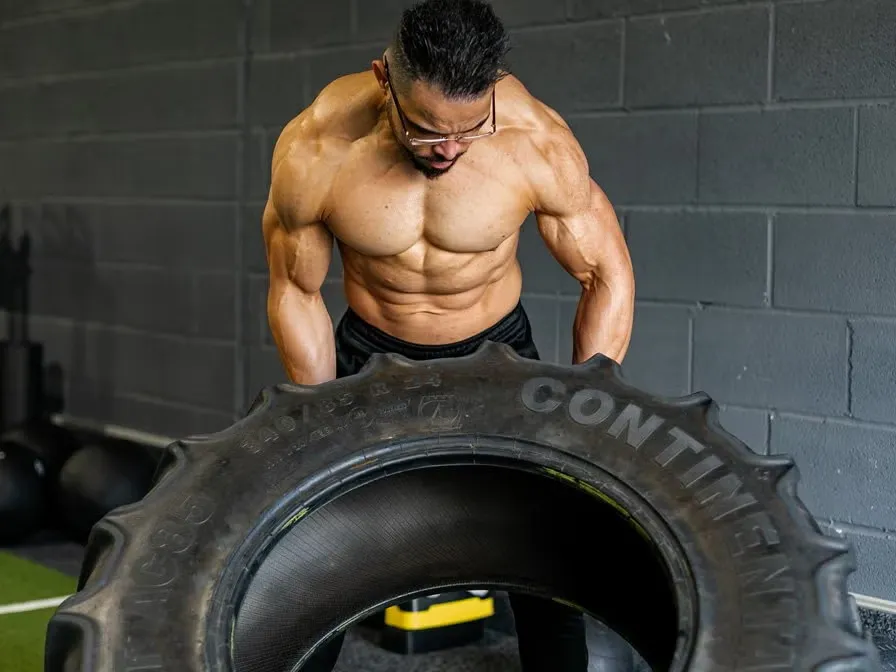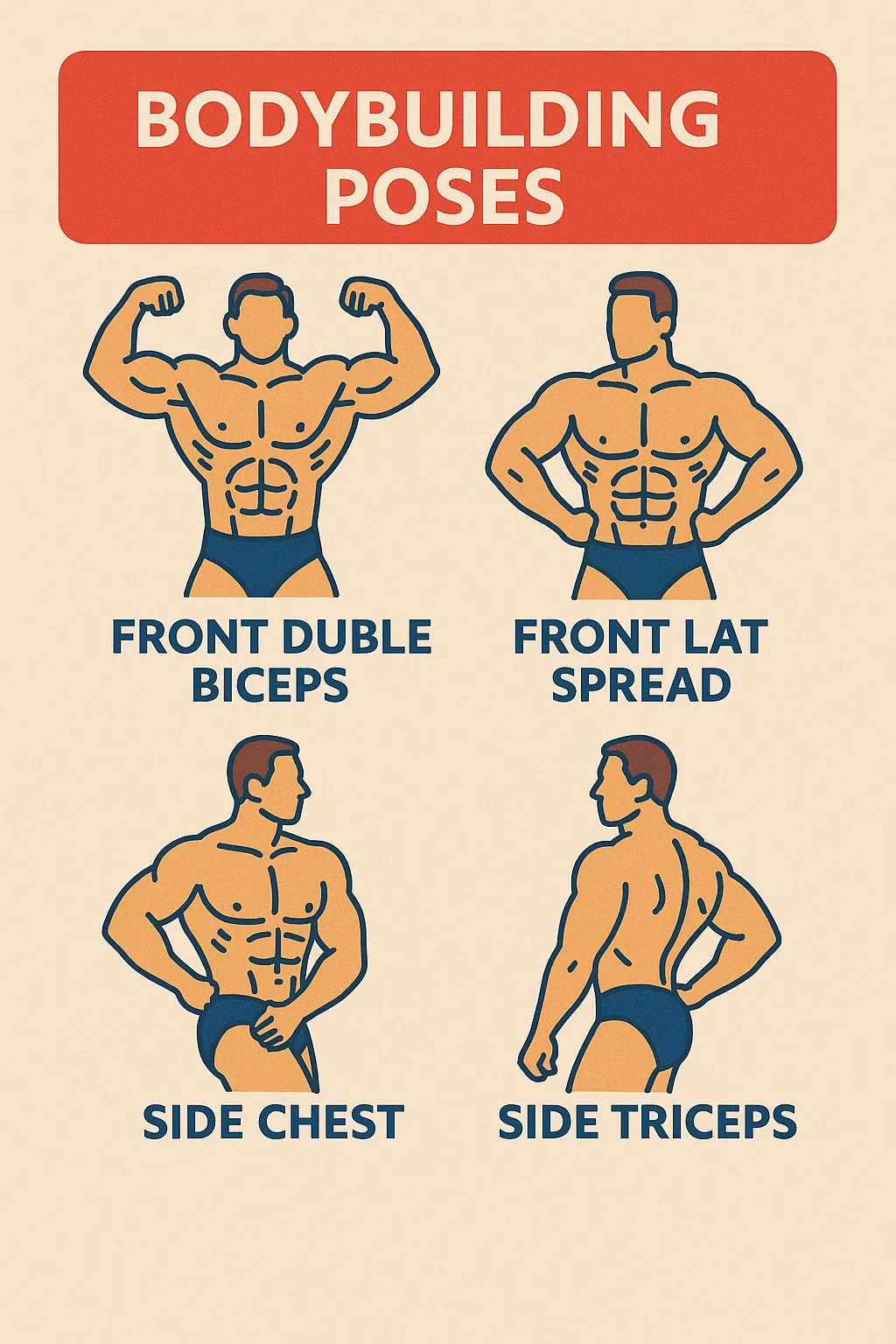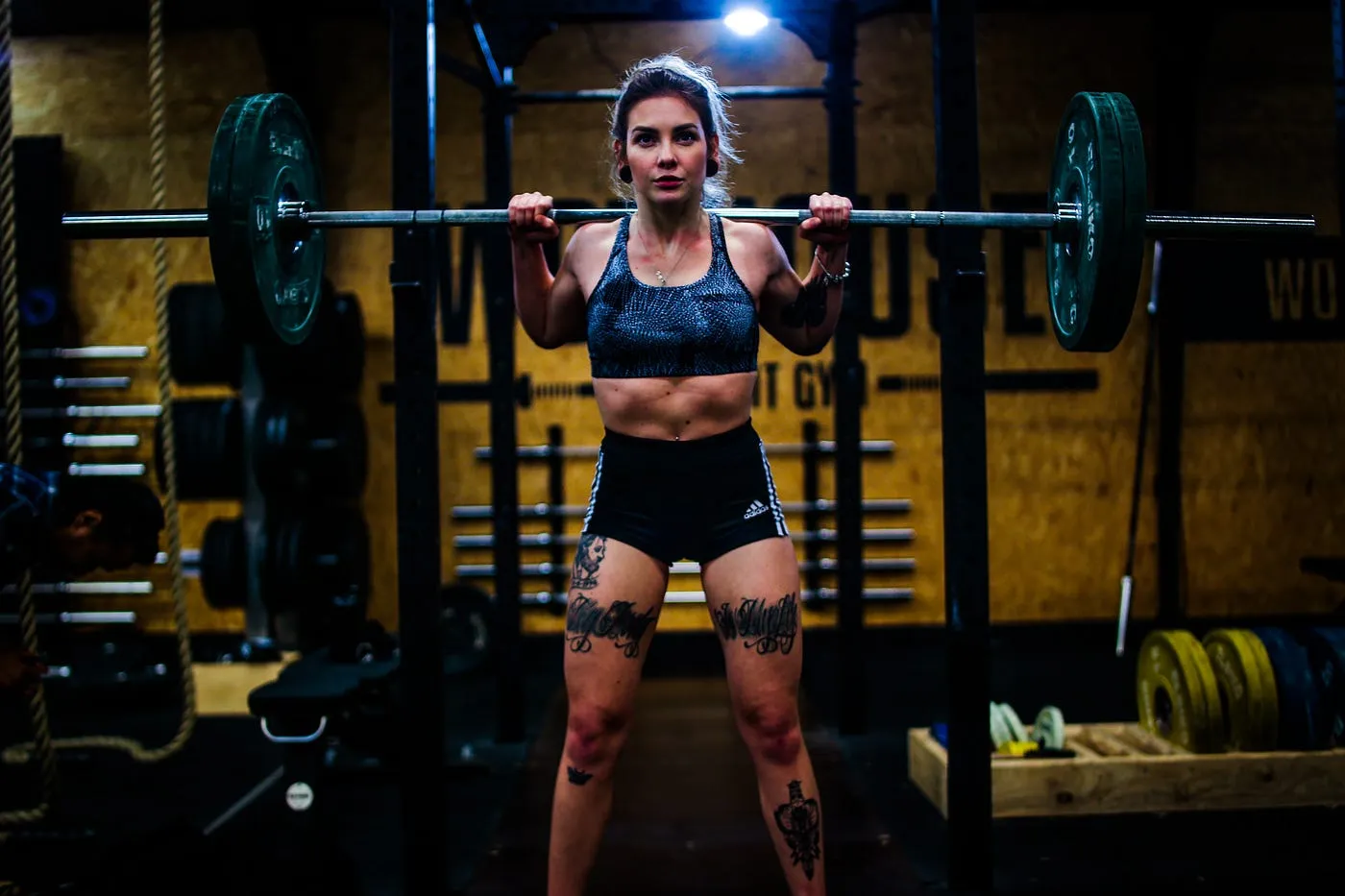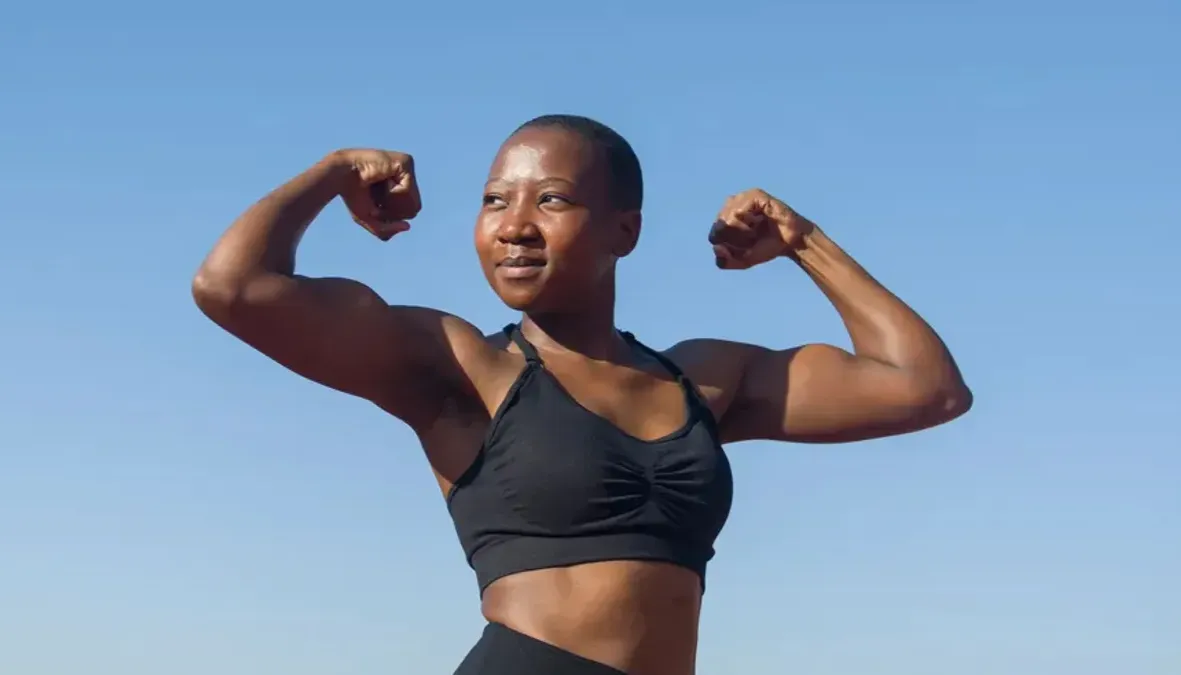You have therefore just recently begun your gym-based training. Good of you! Perhaps you find yourself entering the weights area for the first time, or maybe you have switched your Sweat strength training regimen to one with additional equipment and machines.
Getting your mind around it all could seem a little intimidating if you’re new to the gym scene or certain types of equipment. While trying something new or even feeling a little overwhelmed when it seems like everyone else knows what they’re doing, remember everyone has a day one. It’s natural to feel out of your comfort zone.
Resist the temptation to substitute a piece of equipment you have never used before, head straight for the cardio section, or stick to the equipment you know; you will soon find gym equipment is far simpler to use than you would have imagined!
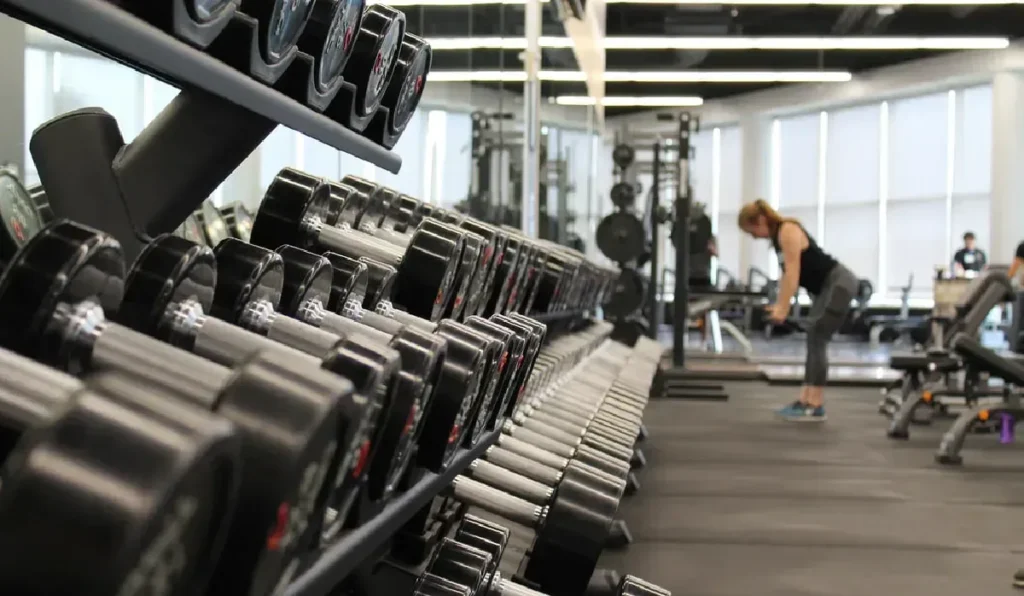
How Do I Use Gym Equipment?
Here’s a guide to some basic gym tools you’ll find in Sweat programs to help you finish your exercises with confidence as you start your strength training path:
1. Lat Pull-Down
The lat pull-down machine targets your ‘latissimus dorsi’ (or ‘lats’), one of the major muscles in your back, while also exercising your biceps and shoulders. Working your lats may aid in improving posture and protecting your spine during other workouts while also shaping and strengthening the muscles in your back.
The machine will feature a seat, a pulley with an attachment clip, and adjustable resistance, commonly in the form of a weight stack with a pin. A classic lat pull-down would utilize a broad hanging bar attachment, but you may also use medium or narrow grip attachments, or single-arm attachments, too!
Start by putting the pin to a weight you’re comfortable with, then sit on the seat facing the machine with your legs on each side of the seat and your feet flat on the floor. If you can’t reach the bar while sitting, you may need to modify it or contact a gym staff member for help.
With your hands in a wide posture gripping the bar in an overhand grip (palms facing away from you), gently draw the bar down towards your chest, compressing your shoulder blades, until it’s about level with your chin. Then, carefully return the bar to the beginning position with control, ensuring you don’t allow the weight plates to smash together. Repeat.
Performing lat pull-downs may assist in increasing your upper-body strength, especially if your objective is to proceed to a pull-up. As your pulling power grows, you’ll be able to go on to the aided pull-up machine or employ resistance bands, and finally proceed to an unassisted pull-up.
2. Seated Row
The seated cable row also works on your lats, emphasizing the mid-back to activate the rear of the shoulders, biceps, and rhomboids. If you sit at a desk all day, this exercise may assist in strengthening your back and improving your posture.
A seated row may be done on the same equipment as a lat pull-down; however, rather than utilizing the hanging bar connected at the top, you’ll be pulling the handles from the attachment in front of you. If the lat pull-down machine isn’t available, you may conduct a seated row on a cable machine by utilizing the lower attachment.
Choose a weight you are comfortable with by changing the pin in the weight stack, then sit comfortably on the seat with your feet on the pedals or flat on the floor and your back straight. If utilizing a cable machine, you may be seated on the floor with your legs spread and your feet resting on foot pads or a bosu ball.
Holding the handles with your arms extended, draw the handles towards your belly, keeping your body firm and pressing your shoulder blades together. Slowly return to the starting position. Repeat.
3. Bench Press
The barbell bench press is a compound exercise that works several muscles at once, including the pectorals (chest muscles) and the anterior deltoids (front of the shoulders). Unlike push-ups, the bench press engages these muscles without placing as much strain on your wrists and shoulders.
Lie on your back on a bench positioned under a weights rack, looking up at the barbell resting in the rack. You should be able to hold the bar when you reach your arms up, and it should be roughly in line with your eyes to avoid making contact with the rack during your reps.
Hold the bar with an overhand grip, hands slightly wider than shoulder-width apart and push the bar out of the rack. Lower the bar to your chest with control, then push it back to the starting position. Repeat.
If it’s your first time performing a bench press and a barbell feels too heavy, you can begin with a dumbbell bench press or the chest press machine — you can even do a chest press on a cable machine.
If you’re using a barbell, the width of your grip will determine which muscles you load more. A close-grip barbell bench press will primarily engage the triceps, as well as the chest and front of the shoulders. A broader grasp will concentrate on the chest, including working the front of the shoulders and triceps. You may start with just the bar and add weight as your strength and confidence develop.
4. Leg Press
The leg press enables you to raise large weights with your legs without your spine having to support the action as you would in a heavy squat, which may result in poor form or a greater risk of injury.
A leg press machine will have an adjustable seat and a big weighted platform, generally with an adjustable weight stack and pin. Some leg press machines will have you sitting on an incline, while others are flat.
Sit with your hips in touch with the back of the seat to protect your tailbone and lower back, and your feet flat on the plate. Your knees should be bent to enable you to push the plate away, so adjust the seat if you need to. Select your weight by changing the pin, then push the foot plate away from your chest and stretch your legs with control, retaining a tiny bend in your knee the whole time.
Bend your knees and lower the footplate towards your body until your knees nearly meet your chest. Your knees should track straight throughout the action, rather than slumping inward or bending out to the side. Repeat, only allowing the weight stack to come completely together after you’ve finished your set.
5. Assisted Pull-Up
Pull-ups are one of the toughest workouts owing to the amount of core and upper-body strength they demand. You may work towards your first unaided pull-up by utilizing a lengthy resistance band or an assisted pull-up machine, which will enable you to gain strength gradually. Assisted pull-ups demand you to stabilize your whole body, so you train more muscles than you do with a lat pull-down.
Set the machine to a degree of support that is comfortable yet demanding. Hold onto the pull-up bar of the machine with an overhand hold (palms facing away from you), hands slightly wider than shoulder-width apart. Safely lay your knees onto the horizontal knee pad, then stretch your arms such that you are hanging from the chin-up bar.
Using the muscles in your arms and back, bend your elbows and lift your torso upwards to raise your chin above the chin-up bar. Avoid ‘shrugging’ your shoulders by bringing your shoulder blades down and back. Extend your elbows and lower your torso to return to the starting position. Repeat.
As you become stronger, you’ll be able to lower the offset. Take it gently and just perform as many repetitions as you can accomplish while keeping excellent technique.
If you’re using a resistance band for your assisted pull-ups, wrap the band around the bar and place one of your feet into the loop, with the other foot on top to stabilize yourself. Choose a band that permits you to accomplish 5-10 pull-ups – as you grow stronger, you may use a thinner band with less resistance.
6. Smith Machine
The Smith machine is a bar that travels inside fixed steel rails. It’s an alternative to utilizing free weights or barbells and might seem safer for individuals who are new to lifting owing to the support of the rails, which prevent you from swaying forward or back. The Smith machine may be used for workouts such as squats, bench press, shoulder press, deadlifts, and split squats.
When using the Smith machine, make sure you place the bar in the proper position on the rack for your selected exercise, at a weight you can perform all of your repetitions with excellent form (or feel free to use just the barbell!). You may also use the Smith machine when other equipment in the gym is being utilized.
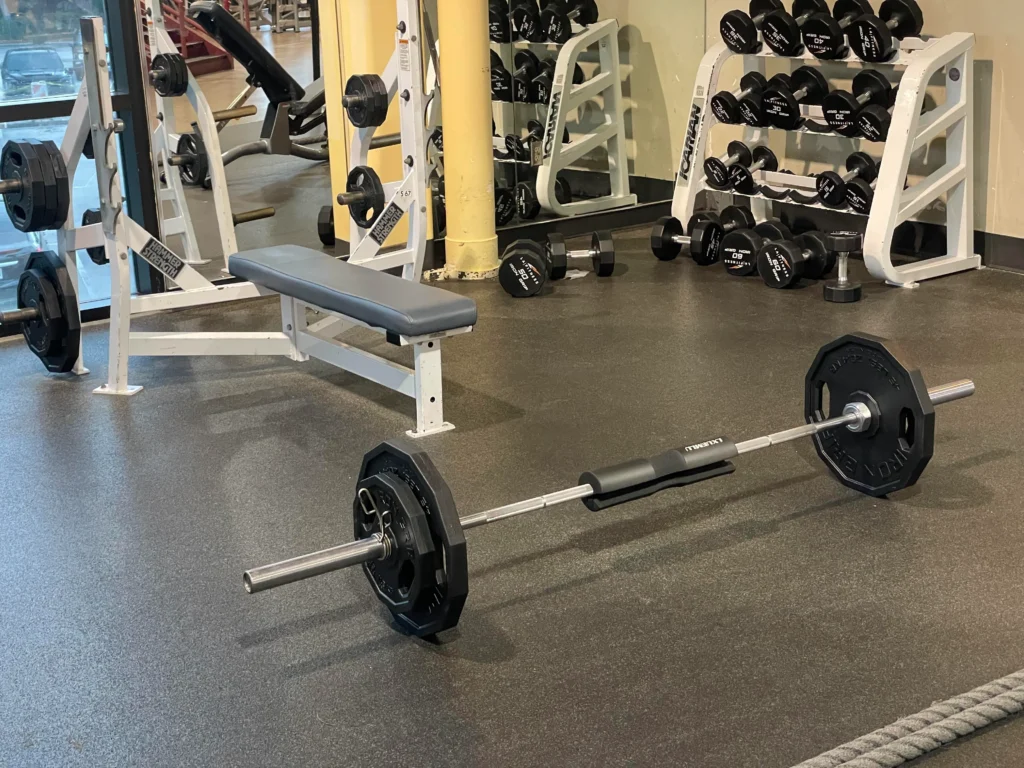
7. Cable Machine
The free-motion dual-cable machine may be utilized to work out practically any region of your body with a range of resistance workouts owing to different attachments and clips. It employs a pulley system and piled weights which you can modify by inserting the pin in the weight stack.
The cable machine is an excellent piece of equipment since it enables you to work at all angles (as opposed to a vertical lat pull-down) and offers constant stress on your muscles throughout the whole exercise. You can’t always accomplish this with free weights!
The pull of the wire encourages you to stabilize your core, engaging additional muscle groups in your body to burn energy and increase functional strength.
You can use this machine while standing, sitting, or kneeling – it’s worth becoming comfortable while utilizing this flexible piece of equipment! Like a lat-pull machine, you would pick the proper clip for your workout, clip your chosen attachment on, set the weight using the adjustable pin, and execute your series of exercises. You can check out our comprehensive guide on utilizing a cable machine here.
Try the cable machine for workouts such as pull-downs, face pulls, chest fly, upright row, tricep extension, bicep curls, kickbacks, hamstring curls, and standing trunk rotations like the ‘woodchop’.
8. Barbell
While a barbell is a free weight as opposed to a gym machine, it’s a popular piece of gym equipment that can feel intimidating if you’ve never used one before. Most gyms offer 15kg and 20kg barbells to select from on a rack, which you may take and use. With a barbell, you have several alternatives to set up:
• Use the barbell on its own in a free area for motions such as front squats, back squats, shoulder press, or deadlifts.
• Position the ends of the barbell on two foam pads or an area of the gym with rubber flooring before adding weight plates. You simply bring a plate to the bar and push the bar through the hole of the plate, then lock it into place with a barbell clip for safety. This setup could work for deadlifts, glute bridges, or if you can perform cleans to lift the weight to your shoulders without a squat rack.
• Find a squat rack and arrange the hooks in the proper area for your chosen activity (such as at shoulder height for back squats), before resting the bar on both hooks and attaching any weight plates to either side with barbell clips for safety. This is how you could set up for heavy back squats, front squats, bench press, or lunges with a barbell.
When you’re done using your barbell, it’s usually best etiquette to remove any weight plates and clips and return all your equipment where it belongs — unless someone would want to use it soon after you.
9. Squat Rack
A squat rack might appear perplexing with all its holes and hooks, but don’t be put off! It’s really basic and is a great piece of equipment to help you get into position for many strong barbell movements.
To change a hook (called J-Cup) to a new height, rotate it upwards away from the rack, slide the peg out of the hole, insert it into the corresponding hole on the squat rack, then rotate it downwards towards the rack again to secure it in before repeating for the second hook. Easy!
How to Utilize Gym Equipment Properly
Now you know what each piece of equipment is intended for, here are a few recommendations to help you obtain the greatest results with the perfect technique while keeping injury-free in the gym, no matter what machine you’re using!
Adjust the Machine to Your Body
Always make sure the equipment is adjusted to fit your physique. This could mean adjusting the seat position, the pin in the weight stack, or which attachment is on the cable machine. If you’re not sure how to adjust the machine or whether it’s set up right for you, don’t hesitate to contact a staff member for advice.
Start light and Build Up Slowly
The first time you use a new piece of gym equipment, we suggest beginning with a lesser weight to get acquainted with the machine, the action, and to ensure your technique is perfect.
Once you’re comfortable with the machine and get a feel for different weights, you’ll be able to start choosing a weight heavy enough for the last two reps of a set to challenge you.
Don’t Only Concentrate On One Muscle Group
One error novices commonly make is concentrating on one portion of their body. To enhance your total strength and lower your risk of muscle imbalance and injury, it’s essential to follow a full-body training program, whether you’re completing full-body exercises or exercising various muscle groups on alternate days.
Check Your Form
If you’re following a gym-based Sweat program, you’ll find videos with each exercise displaying the right technique and a graphic indicating the muscle groups it should be exercising in your sessions. Many Sweat programs also offer beginning weeks to help you ease in and develop your confidence.
If you’re still perplexed by a machine at the gym, machines generally contain a graphic describing how to use it and which muscles you’ll be targeting.
Always Leave it Like You Found it
While it’s okay to leave a pin anywhere in a weight stack or a seat positioned for your body, you should always return gym equipment to its original home if you’ve moved it, wipe everything clean for the next person, and put away your plates and barbell.
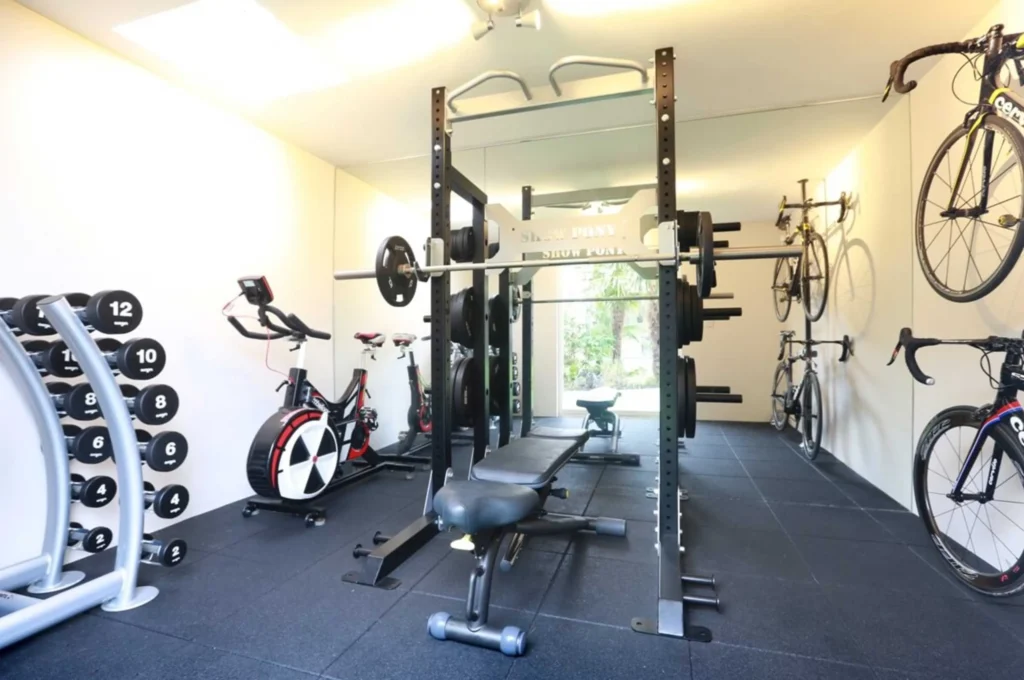
Final Thoughts
Use gym equipment with confidence! See, gym machines aren’t as difficult as you think! Once you get started, you’ll find they’re the opposite of terrifying they may really be enjoyable.
If you’re new to working out at the gym or are searching for encouragement, we invite you to join the Sweat Community, which is full of like-minded women sharing their exercise advice and pushing each other to reach their fitness goals.
Remember, the more you do anything, the more comfortable and confident you’ll start to feel. If you’ve been thinking about trying gym equipment, instead of thinking “one day…”, begin today, day one. You’ve got this!

